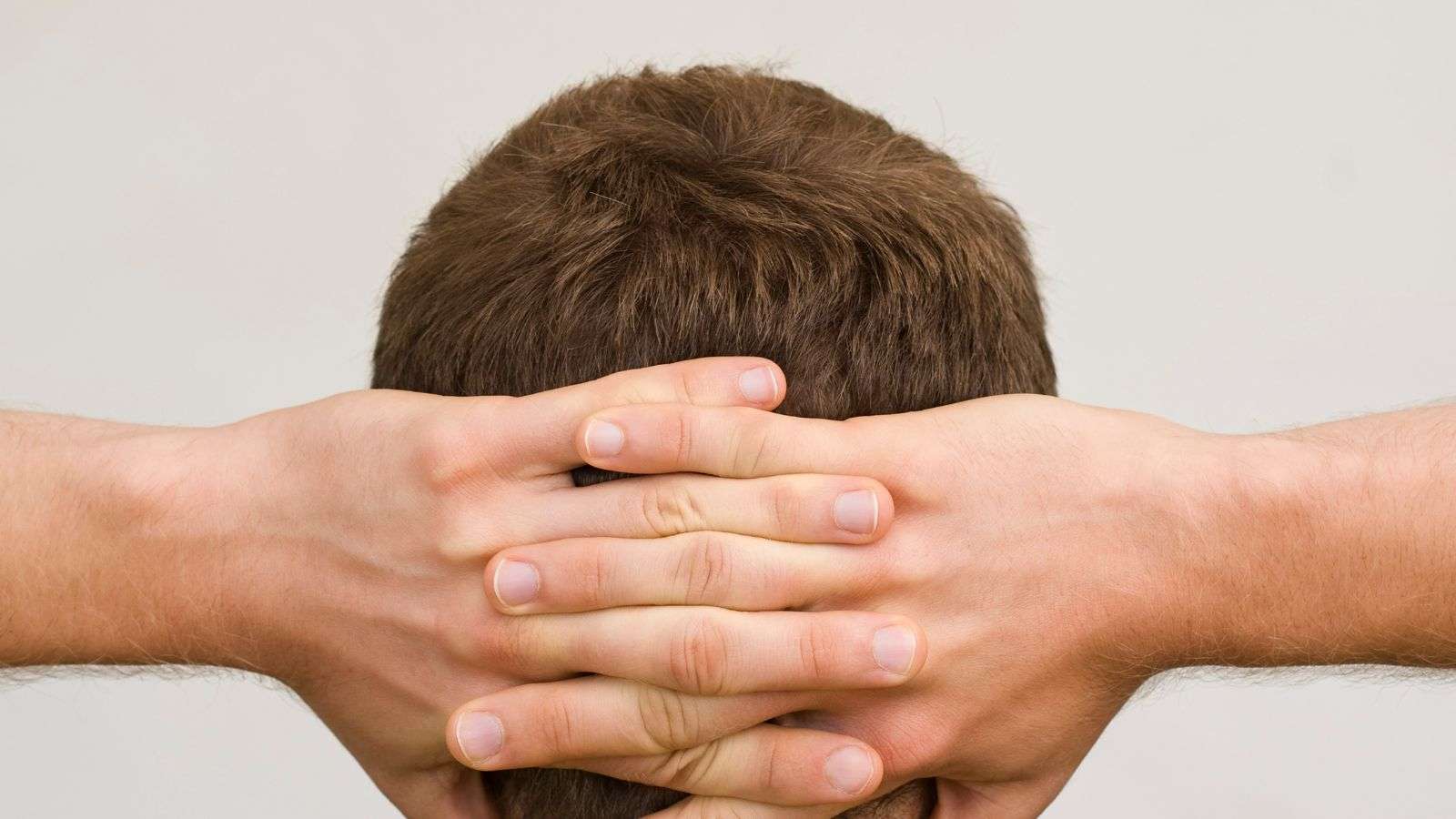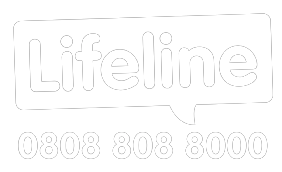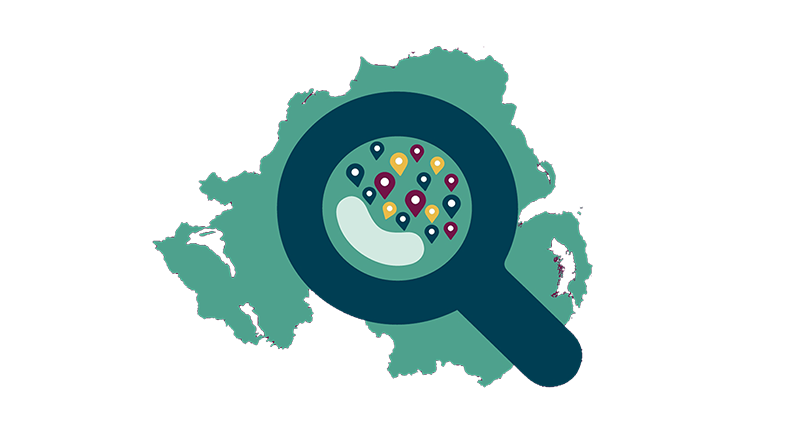Reviewed By Cara Swanston - Senior Accredited NCPS & Registered Member MBACP Adv. Dip.
Vagus Nerve: Eye Gaze Exercise
26 June 2024
This exercise was developed by Stanley Rosenberg. It is believed that it stimulates the vagus nerve which in turn, can initiate a relaxation/parasympathetic response.

Catherine Wells
Occupational Therapist
The vagus nerve is a really important part of signalling to your brain and body that you are safe and that you are not in a dangerous situation.
Once this safety is communicated, the brain can make a cascade of changes in the body, putting the brake on the stress response and allowing us to feel less overwhelm and more calm, centred and grounded.
You’ll probably also notice that your breathing is slower and your heart rate has slowed down a little.
This exercise can be done laying down or sitting. You may want to try it laying down at the beginning as the effect can be greater.
The more you practice this exercise, the quicker and stronger the effects will be. Like anything - with practice our body learns!
How to: Vagus Nerve Eye Gaze Exercise
- While seated, turn your head to the left and right - notice any tension, stiffness and current comfortable range of motion. You can compare this after the exercise is completed as tension may be reduced in this area.
- Interlock your fingers.
- Put your hands behind your head so that your thumbs touch the base of your neck. Imaging you are cradling your head in your palms. If you are lying down - notice the support for your head and notice the weight through the hands.
- Look toward one of your elbows (without moving your head) for 1 minute or until your feel your mouth watering, or the need to sigh, yawn, or take a deep breath. To layer on another beneficial activity - try breathing into your belly while engaging on this practice.
- Come back to the centre and rest. You may need a minute to get your bearings.
- Repeat for the other elbow.
- Come back to the centre and rest.
Bonus - Add on some Butterfly Breathing
Similar to the Butterfly Hug, this bilateral stimulation and regulation of breath can be helpful in signalling safety to the body.
- Hook thumbs and tap one side at a time near collarbone.
- Sync your taps with your breathing - I like inhale for four, exhale for four.
- Allow the timing of the taps to work for you.
Get Inspired Further
The Benefits of Group Support
While professional mental health support is helpful for some, maybe even life saving, it's equally important to shed light on the benefits of alternative interventions, like peer support or group work.
how to start a conversation
Have you noticed a friend or family member behaving differently? Are they not seeming like their usual self? It might be time to have a conversation with them about their mental health.
get better sleep
A good night’s sleep helps us to be at our best during the day. But a bad night’s sleep can make us feel our worst. Here’s how to get better sleep.



